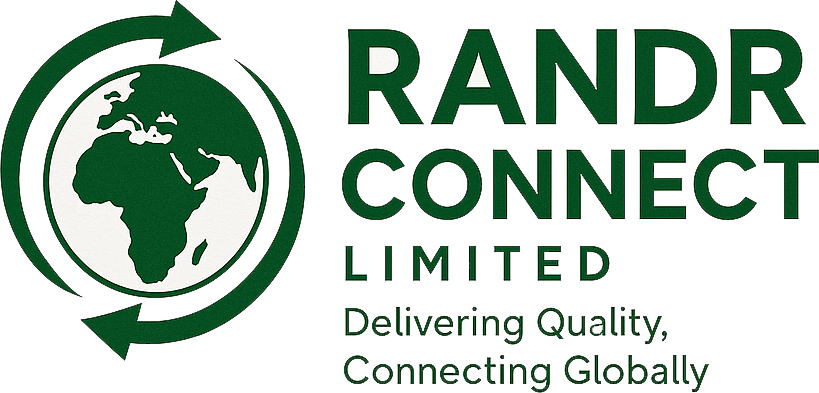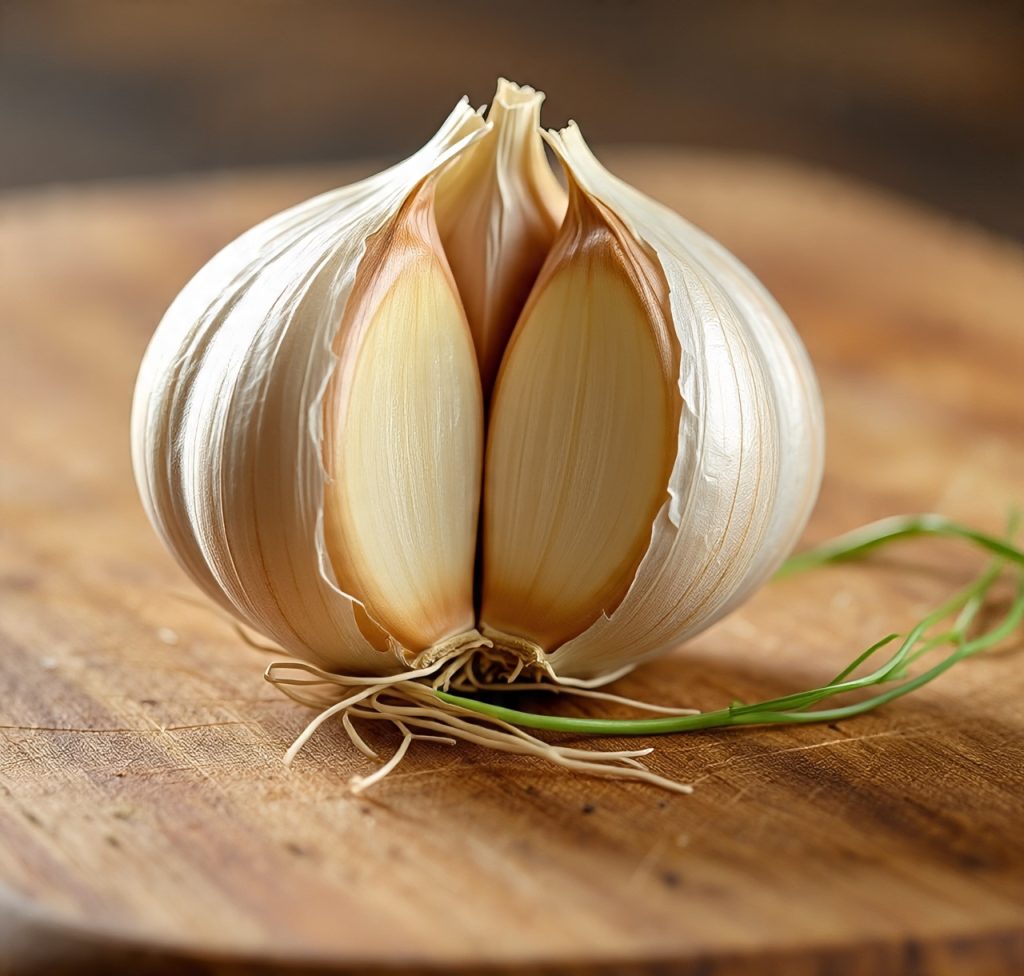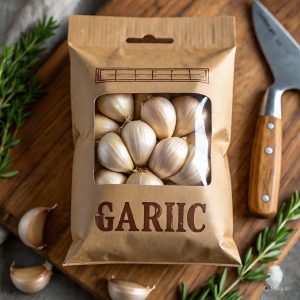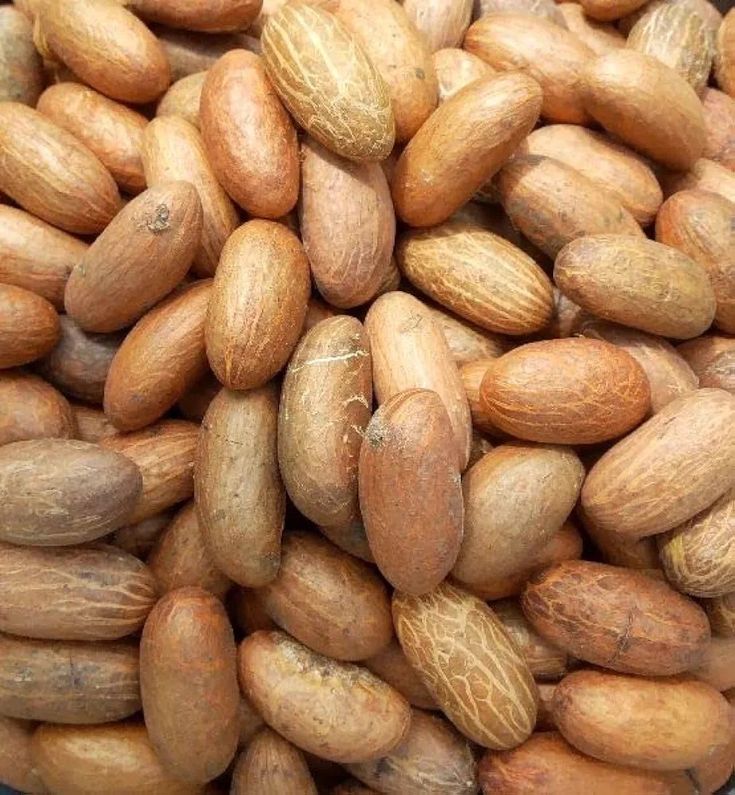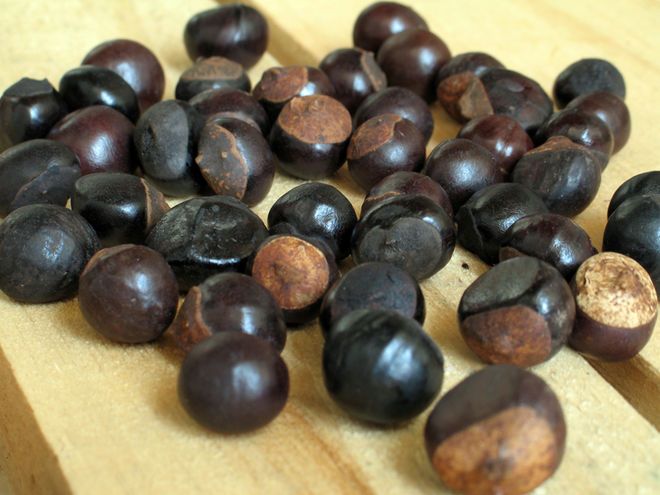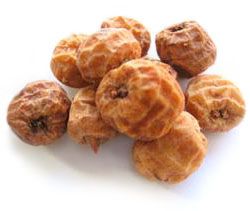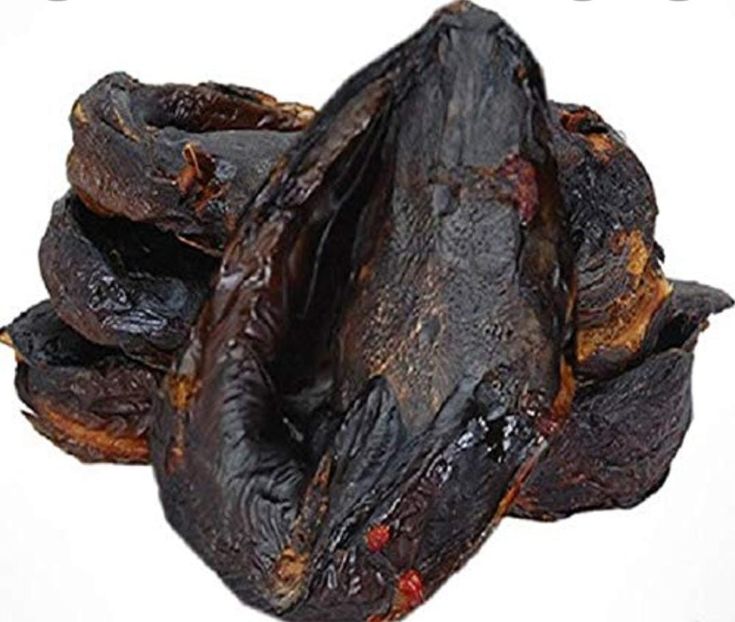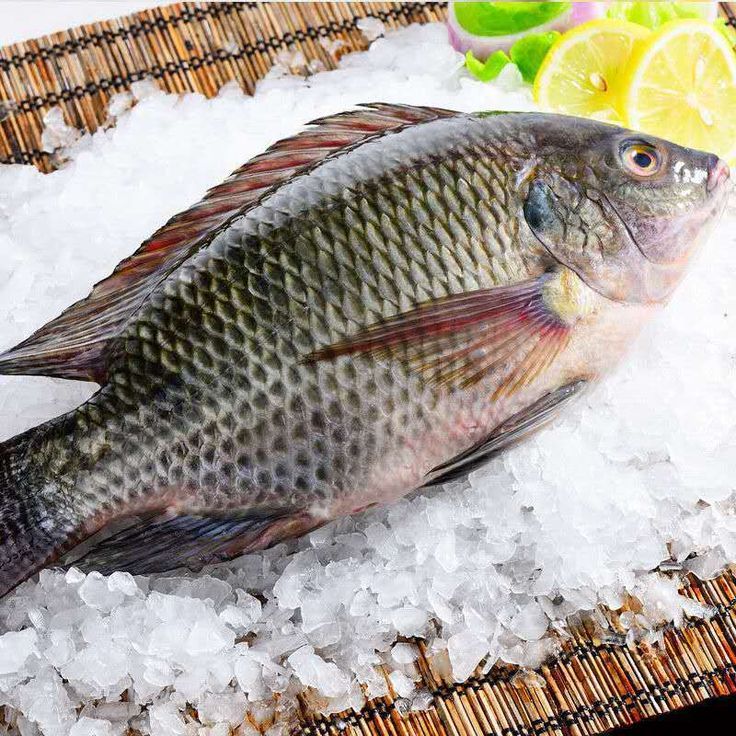What It Is
Garlic is a pungent, flavorful bulb used globally in cooking, medicine, and food preservation. It belongs to the onion family and is rich in sulfur compounds, especially allicin, which gives it strong antibacterial and medicinal properties.

Export Potential of Garlic
Nigeria produces garlic mostly in the northern regions such as Kano, Kaduna, Sokoto, and Plateau states. The global demand for garlic is consistently high due to its culinary, pharmaceutical, and industrial applications, presenting exporters from Nigeria with a solid opportunity.
Export Form
Garlic is exported in various forms including:
-
Fresh Whole Garlic Bulbs
-
Dried Garlic (Slices or Flakes)
-
Garlic Powder
-
Garlic Paste or Purée
-
Garlic Oil
Export Specifications
| Parameter | Specification |
|---|---|
| Variety | White and Purple Skin Garlic |
| Size | 4.5 – 6.5 cm diameter (depending on buyer specs) |
| Moisture Content | ≤ 65% for fresh; ≤ 8% for dried |
| Foreign Matter | ≤ 1% |
| Shelf Life | 6–12 months depending on storage |
| Odor | Pungent and characteristic |
| Color | Natural white or purplish skin |
| Packaging | 5kg – 25kg mesh or jute bags, vacuum sealed for powder |
Packaging for Export
-
Fresh Garlic: Mesh bags or jute sacks with ventilation
-
Dried/Powdered Garlic: Vacuum-sealed pouches, food-grade plastic, or multilayer paper bags
-
Labeling: Product name, weight, grade, origin, and production/expiry dates
Market Opportunities & Demand
The major international markets for garlic include:
-
United Kingdom
-
United States
-
Germany
-
UAE
-
India
-
South Africa
Garlic is used in:
-
Food and spice blends
-
Pharmaceuticals
-
Natural medicine
-
Food preservation

HS Code
-
07032000 – Garlic, fresh or chilled
-
07129020 – Garlic, dried, not powdered
-
07129030 – Garlic, dried, powdered
Why Export Garlic from Nigeria?
-
Favorable growing conditions in the north
-
Low cost of cultivation
-
Year-round market demand
-
Suitable for both large-scale and smallholder farmers
-
Multiple processing options increase value addition
